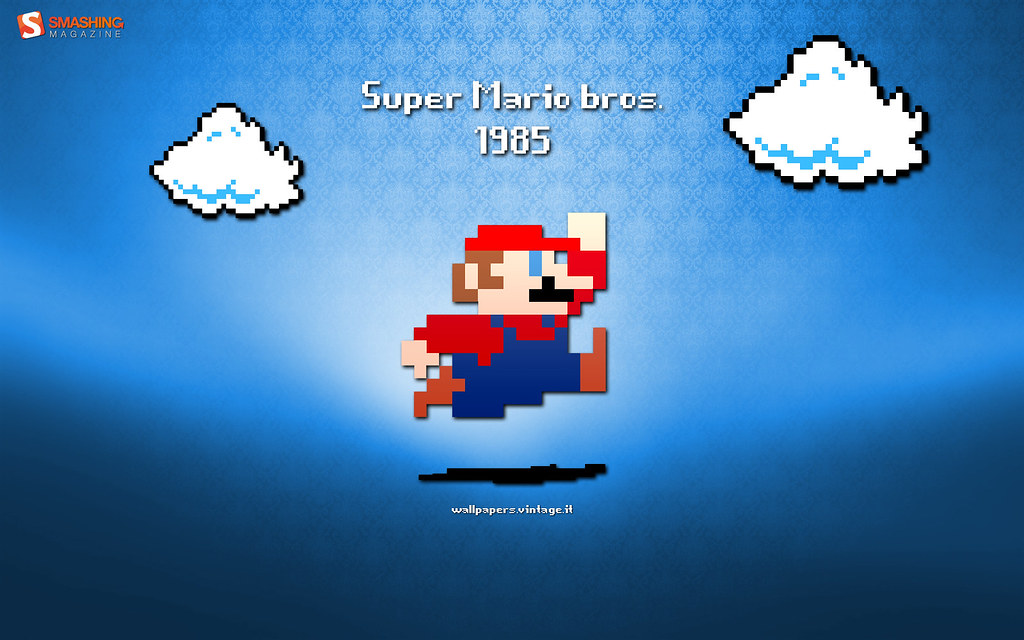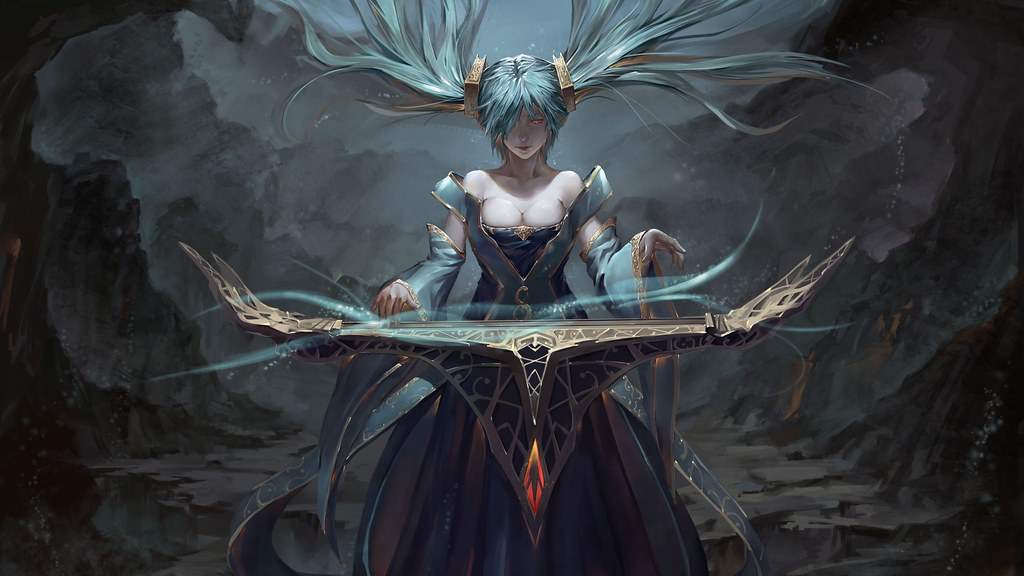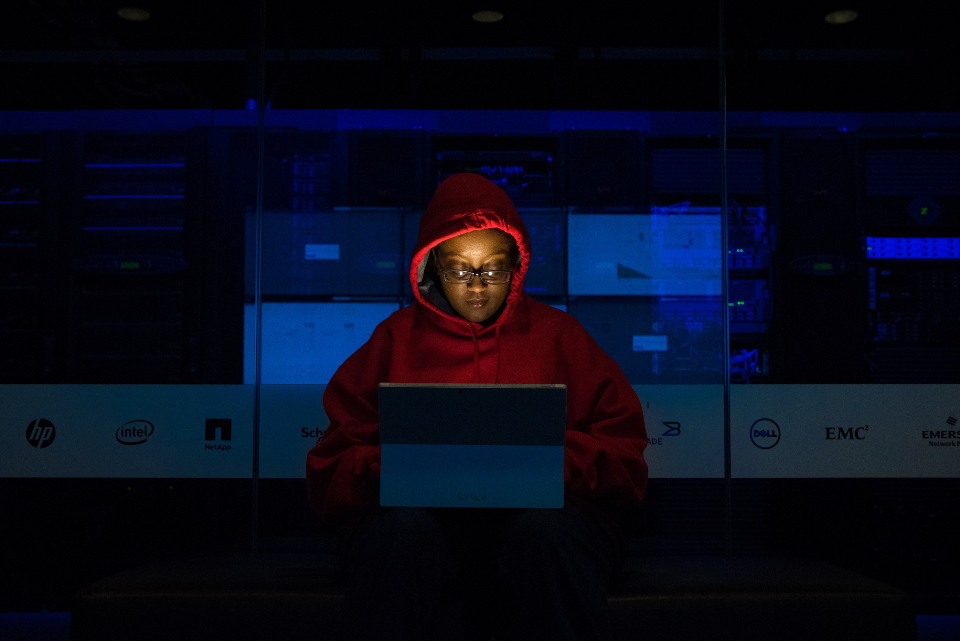Introduction
Do you think there are more boys or girls who play video games? On this subject, some people may initially have the impression that video game players are mostly male. According to the news article by PLAYTODAY (2023), women accounts for 48% of U.S. gamers in 2022, which seems to imply that video games are no longer a male-dominated field. However, in some other countries and regions, male gamers still outnumber women. For example, in Asia, 37% of gamers are women (PLAYTODAY, 2023).
Gamer demographics are only a very superficial aspect of gender issues in the video game industry. After all, men’s preference for playing video games doesn’t seem to be a serious gender inequality, but rather a difference in the personal interests of men and women. However, compared with the gender equality promoted in other areas of the Internet and culture in recent years, gender inequality in the field of video games is a serious and often ignored area.
The First Type of Gener Inequality in Video Game Industry: Female Characters in Video Games
Perhaps the most serious gender inequality problem in the video game industry is the frequent sexualization and stereotyping of female characters in video games. A typical example is Mario Brothers, the landmark game launched by Nintendo in the 1980s, which depicts a heroic male protagonist who rescues an imprisoned princess through difficult adventures (Summers & Miller, 2014). At the time, video games were considered a subculture for young men, and although this game setting had a stereotypical representation of women, it was in line with the characteristics of the times.

As the times evolve and the concept of gender equality becomes more and more popular, gender representation in video games has not kept pace. Summers and Miller (2014) found that although female heroes are beginning to appear in contemporary games, female characters are usually portrayed as wearing tight, revealing and sexy clothing, and have exaggerated curvy figures. Clearly, these female characters are sexualized and portrayed as sexual objects for male players. For example, the picture below is of Sona Buvelle, a female character in the video game League of Legends. The character wears tight clothing that exposes her ample breasts, thus catering to the fetish of the male gamers.

As with other types of culture, gender representation in video games is likely to influence gamers’ views on gender roles. In other words, male players who play sexist games for a long time are likely to develop sexist attitudes towards women. Bègue et al.’s (2017) survey of tens of thousands of young male gamers aged 11-19 finds that video game exposure is indeed associated with sexual attitudes toward women. In addition, female gamers may also internalize sexualization through their exposure to sexist video games (Fox et al., 2021). Research by Fox et al. (2015) finds that female gamers exposed to sexualized avatars tend to have greater self-objectification than other women. In a society that pursues equality and justice, this situation is something no one wants to see.

The Second Type of Gender Inequality in Video Game Industry: Female Gamers
Some female gamers may develop self-objectification due to sexism in video games, but many more female gamers experience a more obvious gender inequality in their gaming experiences, which is harassment from male gamers. Although the proportion of female gamers in many games is now close to 50%, women are still often bullied and harassed by men in games. In a qualitative analysis of posts from 271 female gamers on a gaming forum, McLean and Griffiths (2019) find that most women have reported that they had experienced negative contact with men in gaming, including sexual harassment, verbal aggression and being stalked by males online and offline. While many men enjoy playing games with others and identify gaming as a social occasion, female gamers’ negative experiences make them more inclined to play alone. Even when some women try to engage in conversation with other gamers in-game, the response they receive is often disregard. In the McLean and Griffiths (2019, p.979) research, one female gamer states that “Usually don’t respond to me when I say something or they straight up just talk over me”.

In November 2022, the organization Women in Games Argentina conducted an interesting experiment. They invited three male gamers to play the game Valorant and used voice changers in the game to make their voices sound like women. In this experiment, despite the three men’s outstanding performance in the game, their teammates still immediately became hostile towards them after hearing their female voices. One teammate said directly that they should “contribute in the kitchen”. One participant died sixteen times during the game because his teammates refused to help him. After this experiment, the three participants felt very frustrated. They couldn’t imagine how women in Valorant suffered such intense sexism every day. This experiment profoundly exposed the gender inequality that exists in the gaming field.

The Third Type of Gender Inequality in Video Game Industry: Female Workers in Video Games Industry
Gender inequality in the video game industry not only causes problems for players, but is also constantly reflected in female workers in the video game industry. Working in the video game industry requires employees to be highly competent. However, due to some stereotypes, fewer women than men study computer science or game programming (Harvey, 2019). This gender disparity is one of the reasons why fewer women enter the gaming industry. In the IT and video game industry, female employees account for only about 15% (Ahmadi et al., 2019). This lack of diversity from the source of game design may be an important reason why many games have significant sexism characteristics.

In addition to this, there are significant barriers to female professionals working in the games industry in terms of their working condition and career advancement. In the process of interviewing female programmers at a gaming company, Ahmadi et al. (2019) find that female employees’ professional skills are often underestimated, which results in them often lacking self-confidence. Moreover, under the influence of patriarchal culture, female employees are also troubled by the stereotype that they should be good listeners. De Castell and Skardzius (2019) analyze the public speeches of female workers in the video game industry about their work on the Internet. They find that a large number of female employees in the industry have experienced sexism, harassment and bias due to their gender. A female game professional who loves the game industry said, “I can say, I have experienced the absolute worst harassment a person can experience, and I’s still here. I love my job and I love the game industry.” (De Castell & Skardzius, 2019, p. 8) Passion drives these women to shine in the gaming industry, but love does not seem to help them receive fair treatment in career development. One woman in the gaming industry said, “One thing I have learned is people will often misinterpret my passion for delivering high quality for being negative” (De Castell & Skardzius, 2019, p. 8).
Conclusion
The above discussion finds that there are at least three types of gender inequalities in the video game industry. They are the sexualization of female characters in video games, the bias suffered by female gamers, and the unequal treatment of women working in the game industry. It can be seen that the entire gaming industry is filled with masculinity, and women related to gaming experience unequal treatment from many aspects. One way to address the problem at its source might be to introduce policies that encourage video games to abandon the sexualization and stereotypes of women. Another possible solution is to encourage women to study STEM at the educational level and motivate more women to enter the video game industry, thus bringing diversity to the video game industry. In a context where the video game industry is still deeply steeped in masculinity, making changes will take long-term efforts.
References
Ahmadi, M., Eilert, R., Weibert, A., Wulf, V., & Marsden, N. (2019, October). Hacking masculine cultures-career ambitions of female young professionals in a video game company. In Proceedings of the annual symposium on computer-human interaction in play (pp. 413-426). https://doi.org/10.1145/3311350.3347186
Bègue, L., Sarda, E., Gentile, D. A., Bry, C., & Roché, S. (2017). Video games exposure and sexism in a representative sample of adolescents. Frontiers in psychology, 8, 466. https://doi.org/10.3389/fpsyg.2017.00466
De Castell, S., & Skardzius, K. (2019). Speaking in public: What women say about working in the video game industry. Television & New Media, 20(8), 836-847. https://doi.org/10.1177/1527476419851078
Fox, J., Ralston, R. A., Cooper, C. K., & Jones, K. A. (2015). Sexualized avatars lead to women’s self-objectification and acceptance of rape myths. Psychology of Women Quarterly, 39(3), 349-362. https://doi.org/10.1177/036168431455357
Harvey, A. (2019). Becoming gamesworkers: Diversity, higher education, and the future of the game industry. Television & New Media, 20(8), 756-766. https://doi.org/10.1177/1527476419851080
McLean, L., & Griffiths, M. D. (2019). Female gamers’ experience of online harassment and social support in online gaming: A qualitative study. International Journal of Mental Health and Addiction, 17, 970-994. https://doi.org/10.1007/s11469-018-9962-0
PLAYTODAY. (2023). Gamer demographics: 2023 game-changing statistics worth checking. https://playtoday.co/blog/stats/gamer-demographics/
Summers, A., & Miller, M. K. (2014). From damsels in distress to sexy superheroes: How the portrayal of sexism in video game magazines has changed in the last twenty years. Feminist Media Studies, 14(6), 1028-1040. https://doi.org/10.1080/14680777.2014.882371
TotalMedios. (2022, November 2). SWITCH VOICES – BBDO Argentina – Women in Game Argentina . YouTube. https://www.youtube.com/watch?v=bgvuV9D-W_0


Be the first to comment on "The Toxic Video Game Industry: Three Types of Gender Inequalities"